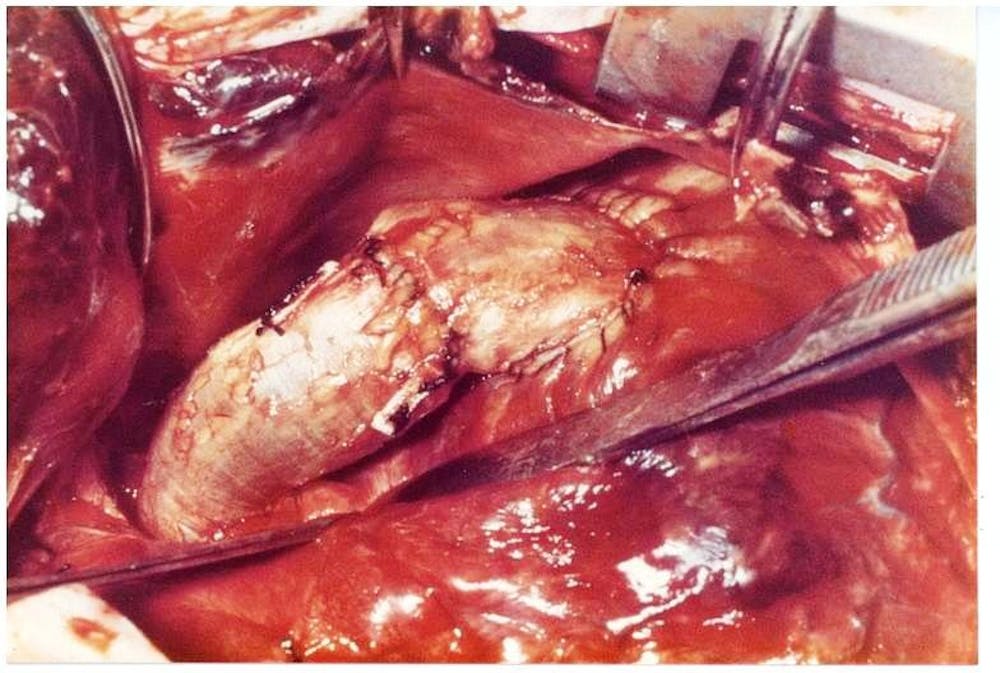Professor Shaochen Chen at the University of California San Diego (UCSD) and his team of nanoengineers have successfully created a functioning network of blood vessels through 3D bioprinting.
Implanting the biomimetic blood vessels into mice, Chen’s lab was able to successfully integrate the new vasculature into the mice’s own network as well as to allow the vessel to branch out into a series of smaller vessels, letting blood circulate normally.
Using the homemade 3D printer, previously used to create liver tissue and microscopic fish which detect and remove toxins from the body, this nanoengineering team used their innovative technology to print blood vasculature almost identical to the one present within our bodies.
The whole process of converting a 2D snapshot of the model on a computer to a 3D bioprinted blood vessel about four millimeters by five millimeters wide and 600 micrometers thick — about as thick as 12 strands of human hairs put together — only takes a few seconds to complete.
This is an enormous advancement considering that it can take up to two hours to print a one-centimeter by one-centimeter cube.
However it doesn’t stop there. This process also provides a more cost-effective and biocompatible process than previous efforts.
After printing the vessels layer by layer, with polymers and live endothelial cells — cells that line the inside of all blood vessels in order to carry excess blood plasma throughout the body — the finished product, which has developed into biological tissues, is implanted into the mice and begins to merge to the original network of the host.
Within two weeks the bioprinted vasculature was observed to have successfully fused with that of the mice.
Despite the achievements and advancements Chen and his team have made, the implanted blood vessels are still not able to perform other functions such as transporting waste, nutrients and other biological materials.
However, Chen and his team have succeeded in producing an inexpensive, fast and biocompatible blood vessel that can safely transport blood throughout the body.
As of now Chen’s lab is also working on human induced pluripotent stem cells — cells taken from the patient’s skin — which prevent transplants from being attacked by the body’s immune system. The ultimate goal behind both of these projects, is to move on to human clinical trials.
Chen’s primary research interests are biomaterials and tissue engineering, 3D printing and bioprinting, stem cells and regenerative medicine to name a few.
In successfully accomplishing the creation of the 3D biomimetic blood vessels, Chen and his team have moved one step closer to developing a fully functioning artificial organ and continue to pave a future for tissue regeneration and repair.
“We still have a lot of work to do to improve these materials,” Chen said. “It will take at least several years before we reach the goal [of clinical trials]. But this is a promising step toward the future of tissue regeneration and repair”.

















